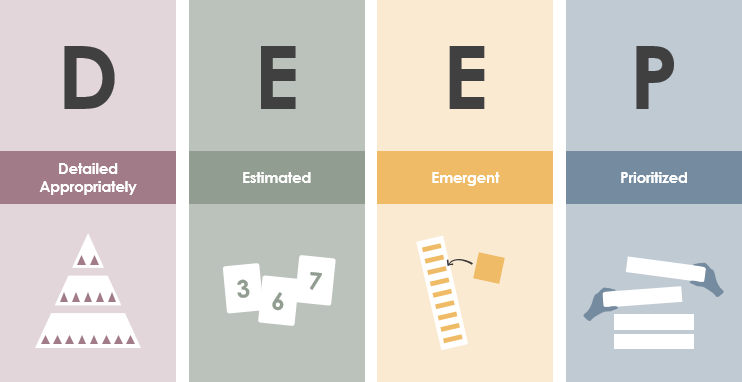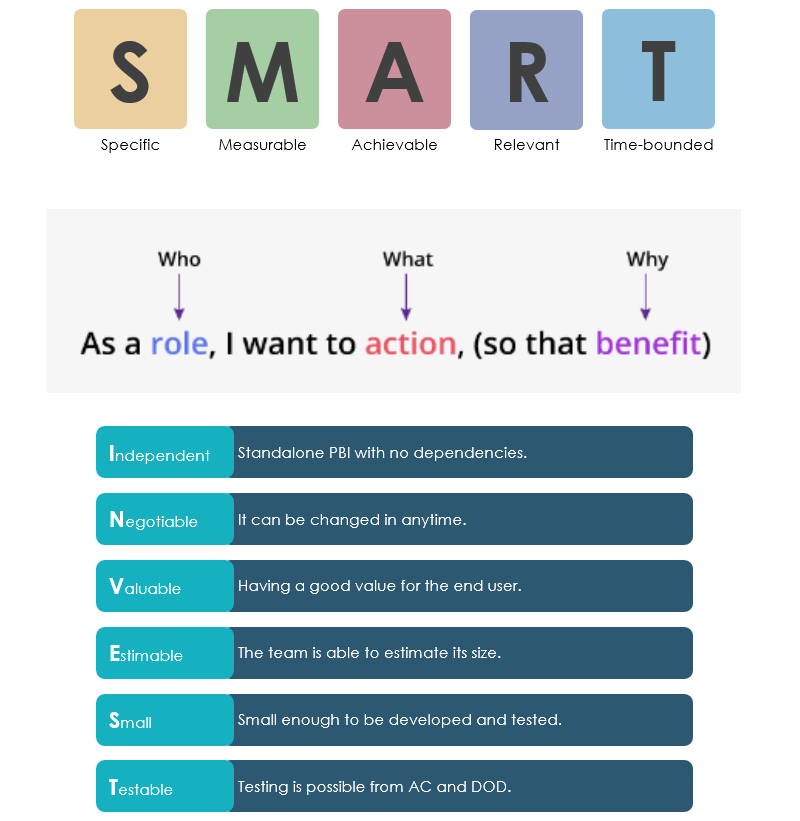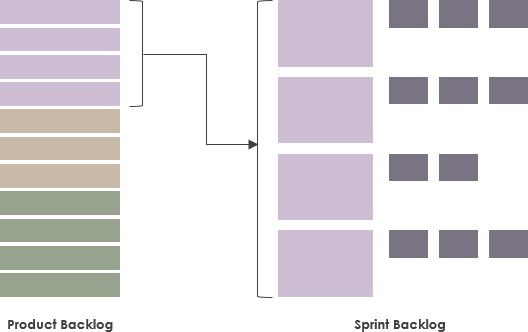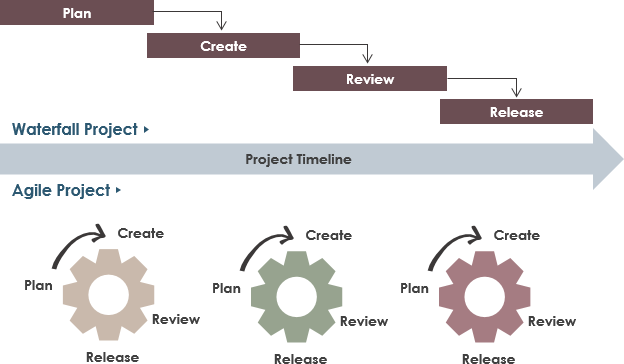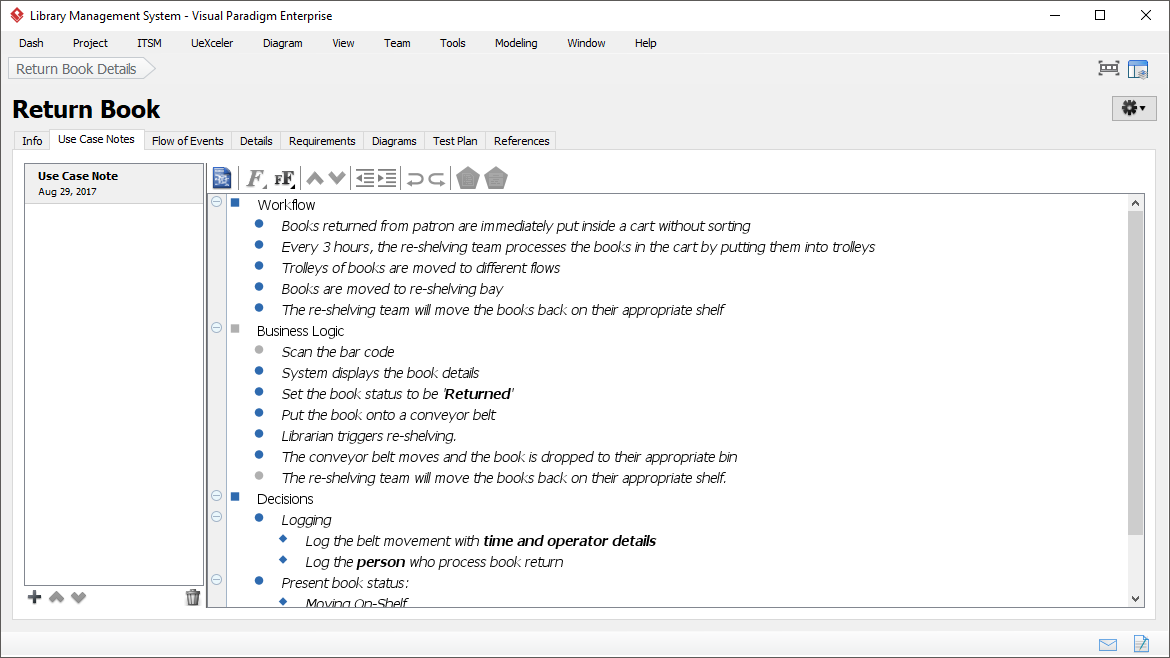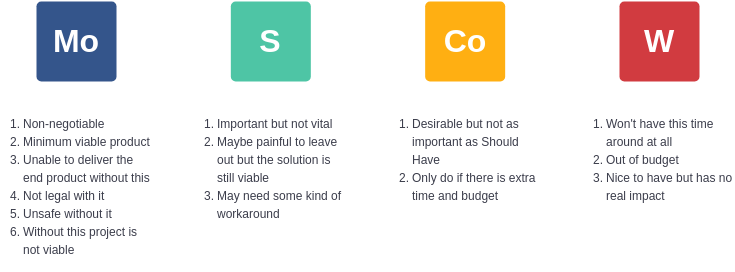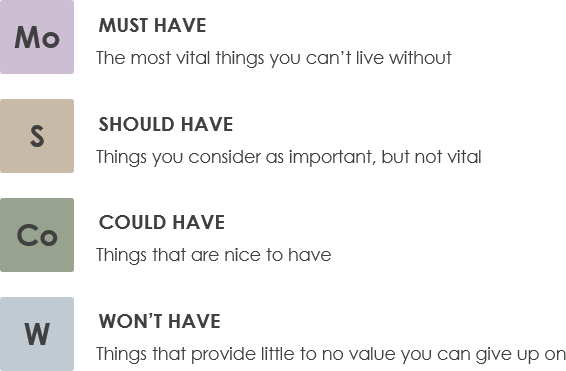Home » Agile Development » Page 6
The Product Backlog is a critical component of Agile product development. It is a living document that lists all features, functions, requirements, enhancements, and fixes that need to be developed for the product release. Effective Product Backlog Management is essential to ensure that the product meets the needs of its users and stakeholders. The DEEP framework is a set of guidelines that can help teams manage the Product Backlog effectively. What is a DEEP Framework DEEP stands for Detailed Appropriately, Estimated, Emergent, and Prioritized. Each item in the Product Backlog should be detailed appropriately, estimated in story points, emergent, and prioritized based…
continue reading →
What to Write Effective User Stories User stories are a crucial part of the product development process, serving as a tool for capturing user needs and guiding the development of new features and functionality. However, writing effective user stories is not always easy. It requires a deep understanding of the user, the product, and the business goals, as well as the ability to communicate clearly and concisely. In this article, we will provide a comprehensive guide for product teams on how to write effective user stories. What is a User Story User stories…
continue reading →
Product Backlog Planning vs Sprint Planning Agile methodology has become the go-to approach for software development projects, thanks to its flexibility and iterative approach. One of the core elements of agile methodology is the use of a product backlog and sprint planning. These two terms are often used interchangeably, but they refer to distinct activities in the agile development process. In this article, we will explore the difference between product backlog planning and sprint planning. Product Backlog Planning The product backlog is a prioritized list of features, enhancements, and bug fixes that the development team will work on over the course of the…
continue reading →
Libraries are continually seeking innovative ways to improve their services and meet the evolving needs of their patrons. In order to achieve this, many libraries are turning to Agile project management methodologies to guide system development. One critical component of any Agile project is a well-managed product backlog, which serves as a prioritized list of features and functionalities that the library intends to implement. This article will explore best practices for product backlog planning specific to libraries, including involving stakeholders throughout the process, maintaining transparency and visibility of the backlog, and regularly reviewing and adjusting…
continue reading →
Developing a library system that caters to the needs of both librarians and library patrons can be a challenging task. To ensure that the system meets the requirements of all stakeholders and is delivered within the expected timeframe, an Agile development approach can be adopted. In this article, we present an Agile development plan for a library system that can be completed in 10 sprints over the course of 100 working days. Problem Scenario - A Library System The local public library is experiencing issues with their online catalog system. The system has…
continue reading →
What is Agile? Agile methodology is a project management approach that emphasizes flexibility, collaboration, and incremental development. It focuses on delivering working software in short iterations called sprints, which typically last one to four weeks. The agile methodology values individuals and interactions over processes and tools, working software over comprehensive documentation, customer collaboration over contract negotiation, and responding to change over following a plan. There are several key principles of the agile methodology: Customer satisfaction through continuous delivery of valuable software: Agile methodology aims to provide the customer with working software as soon…
continue reading →
The use case driven approach is a methodology that focuses on defining system requirements and features from the perspective of its users. It is a user-centered approach that emphasizes the identification of user needs, goals, and behaviors in order to ensure that the system being developed will meet their expectations. In this approach, use cases are used to describe the behavior of the system in response to user interactions. Use cases are scenarios that describe how the system is used in different situations. Benefits The use case driven approach offers a number of…
continue reading →
SWOT vs TOWS SWOT and TOWS are both strategic analysis tools that are used to assess the internal and external factors that affect a business or objective. While they have similarities, there are some key differences between the two tools. SWOT analysis is a tool that is used to assess a business's Strengths, Weaknesses, Opportunities, and Threats. It is a simple and effective tool for identifying internal and external factors that impact the business. Strengths and weaknesses are internal factors that are within the control of the business, while opportunities and threats are…
continue reading →
The MoSCoW method is a prioritization technique used in project management, software development, and business analysis. It helps to prioritize requirements based on their importance and urgency, and allows project managers to allocate resources and budget accordingly. In this article, we will explore the MoSCoW method and provide an example of its implementation. What is the MoSCoW Method? The MoSCoW method is a prioritization technique that categorizes requirements into four groups: Must-haves, Should-haves, Could-haves, and Won't-haves. The acronym MoSCoW stands for: Must have: critical requirements that are essential for the project's success. These…
continue reading →
With the rise of mobile technology, coffee shops are now leveraging mobile apps to enhance the customer experience. By allowing customers to place orders, make payments, and earn rewards all from the convenience of their mobile device, coffee shops are revolutionizing the way customers interact with their brand. In this article, we will explore how mobile apps are transforming the coffee shop industry and what benefits they bring to both businesses and customers. Agile Development Process using User Stories The process for capturing requirements and identifying user stories involves several steps: Problem statement:…
continue reading →

